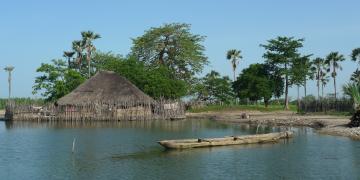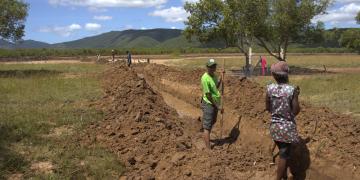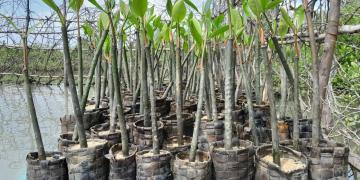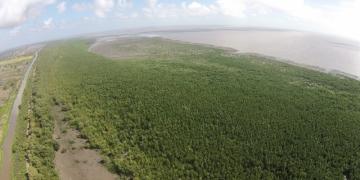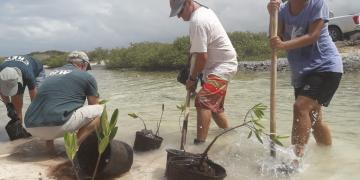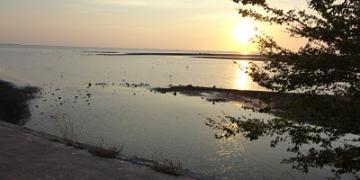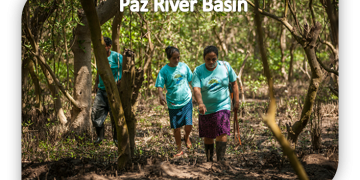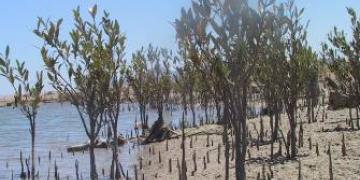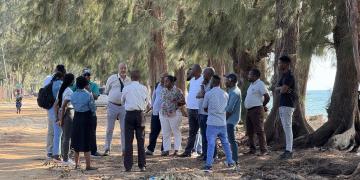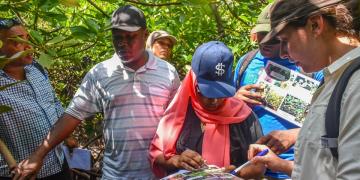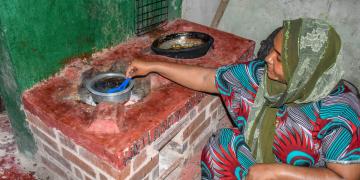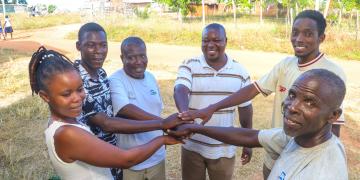Mangroves are nature’s frontline defenders— protecting coastlines, storing carbon and sustaining rich marine life. They play a vital role in the wellbeing, food security and climate resilience of coastal communities. Yet, these ecosystems are vanishing at an alarming rate putting both nature and livelihoods at risk.
On this International Day for the Conservation of the Mangrove Ecosystem, explore innovative, community-driven Solutions from around the world that are restoring, conserving and securing the future of mangroves and the people who depend on them. From India to El Salvador these efforts highlight the power of collective action and Nature-based Solutions to protect one of Earth’s most valuable ecosystems.
